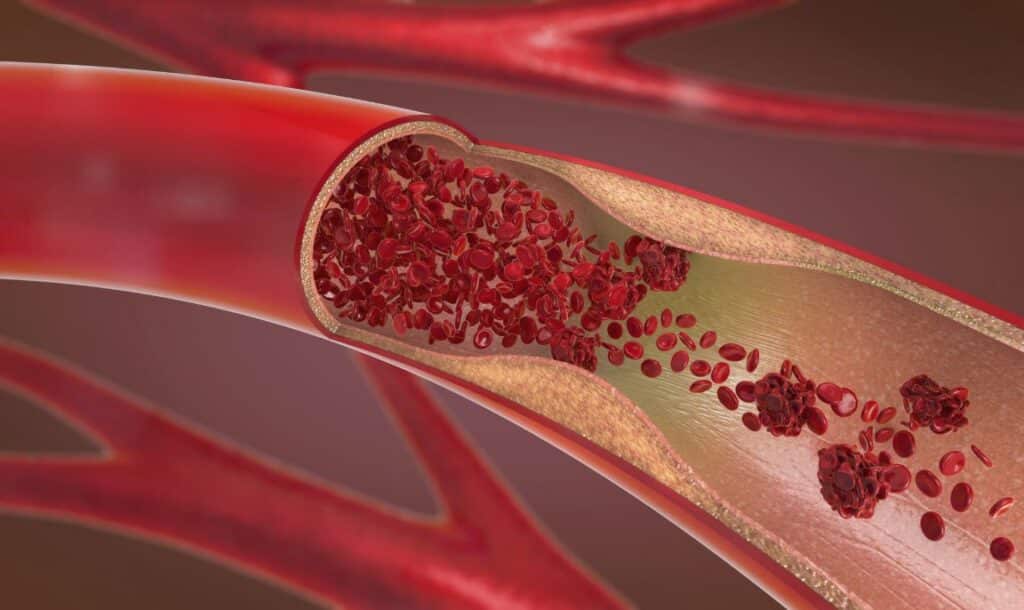Radiomic Analysis Improves Coronary Artery Disease Risk Assessment
Recent Study Explores Machine Learning’s Potential in Diagnosing and Assessing Coronary Artery Disease (CAD) through Myocardial Perfusion Imaging (MPI) SPECT Images
Coronary artery disease (CAD) remains a global health concern, driving significant morbidity and mortality. Identifying CAD risk factors is pivotal for taking proactive measures. Myocardial perfusion imaging (MPI) single-photon emission computed tomography (SPECT) is a non-invasive tool for CAD diagnosis, offering insights into myocardial and heart artery function. However, the conventional optical evaluation of MPI SPECT is subjective, prone to errors, and time-intensive. The demand for automated, objective approaches to analyze cardiac MPI SPECT is pressing.
Tip: Please fill out this form to determine whether or not you or a friend are eligible for a CGM and, Also learn about Managing Diabetes with CGM
The Study Overview
In this radiomics study, researchers employed machine learning (ML) to investigate CAD diagnosis using MPI-SPECT images. They assessed the performance of various ML models applied to different MPI SPECT radionics, including delta, stress, and rest, for both Coronary Artery Disease diagnosis and risk classification.
Researchers compared classifiers generated from three feature selection methods and nine ML algorithms. Feature selection methods included Maximum Relevance Minimum Redundancy (mRMR), Recursive Feature Elimination using the Random Forest classifier (RF-RFE), and Boruta. The study involved 395 participants with suspected CAD who underwent 48-hour rest-stress MPI SPECT scans. Excluded were individuals with myocardial infarction.
Among the participants, 78 were deemed normal, while 317 were prone to CAD. Within the CAD-prone group, 135 had low-risk, 127 intermediate-risk, and 55 high-risk CAD. Manual delineation of the left ventricular (LV) myocardium, excluding heart cavities, was performed on rest-stress MPI-SPECT scans to define the volume of interest. Stress was induced through dobutamine, dipyridamole, and exercise.
Read Guide about Wegovy Dosage Guide: The Best Way For Weight Loss
In addition to clinical variables, 118 radiomic features were extracted from scans to create stress, delta, rest, and combined feature sets. Feature extraction followed the Image Biomarker Initiative Standardization (IBSI) and the Standardized Environment for Radiomics Analysis (SERA) protocol.
Data were divided into 80% for model training and 20% for validation. Model performance was evaluated in two tasks: normal vs. abnormal (CAD presence) classification and low vs. high-risk classification. Evaluation metrics included area under the receiver operating characteristic curve (AUC), specificity (SPE), accuracy (ACC), and sensitivity (SEN).
Data analysis involved two nuclear medicine physicians, with disagreements resolved by consensus or senior physician consultation. Conventional SPECT scores, such as summed stress score (SSS), summed rest score (SRS), summed difference score (SDS), and wall thickening and motion data, were accessible to the physicians.
Must Read About Diabetic Wound Healing with Spinach Extract
Study Findings
The stress features model outperformed others, especially in Coronary Artery Disease risk stratification. The Stress-feature set, using the mRMR-KNN classifier, excelled in the first task, yielding SPE, SEN, ACC, and AUC values of 0.6, 0.64, 0.63, and 0.61, respectively.
In the second task, the Boruta-gradient boosting model exhibited superior performance, with SPE, SEN, ACC, and AUC values of 0.76, 0.75, 0.76, and 0.79, respectively. Factors such as dependence counts normalized for non-uniformity (from the neighboring grey level dependence matrix family) and diabetes mellitus status from clinical parameters were frequently selected from the stress set for Coronary Artery Disease risk classification.
Implications
This study underscores the potential of machine learning models in Coronary Artery Disease risk classification using MPI-SPECT images. These models have the potential to significantly streamline the time-consuming analysis of MPI SPECT scans for CAD diagnosis and risk assessment. Moreover, they provide clinicians with valuable insights into diagnostic factors, enhancing the interpretability and trustworthiness of AI-based automated models.
To further enhance model performance, future research should consider developing separate models for different stress induction methods. Expanding studies to include patients with myocardial infarction and other CAD-related clinical factors like body mass index (BMI) and hyperlipidemia can enhance the generalizability of findings.


